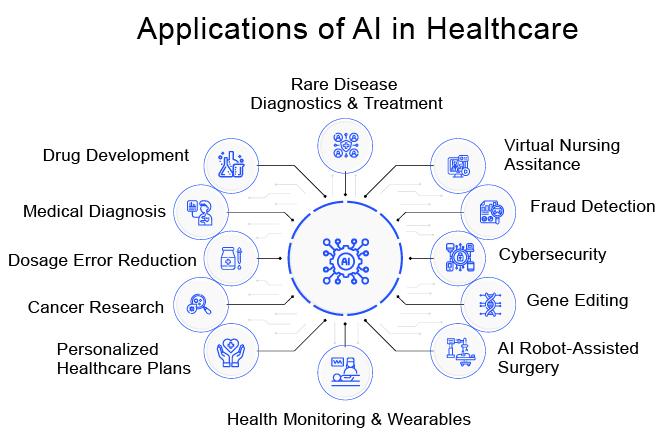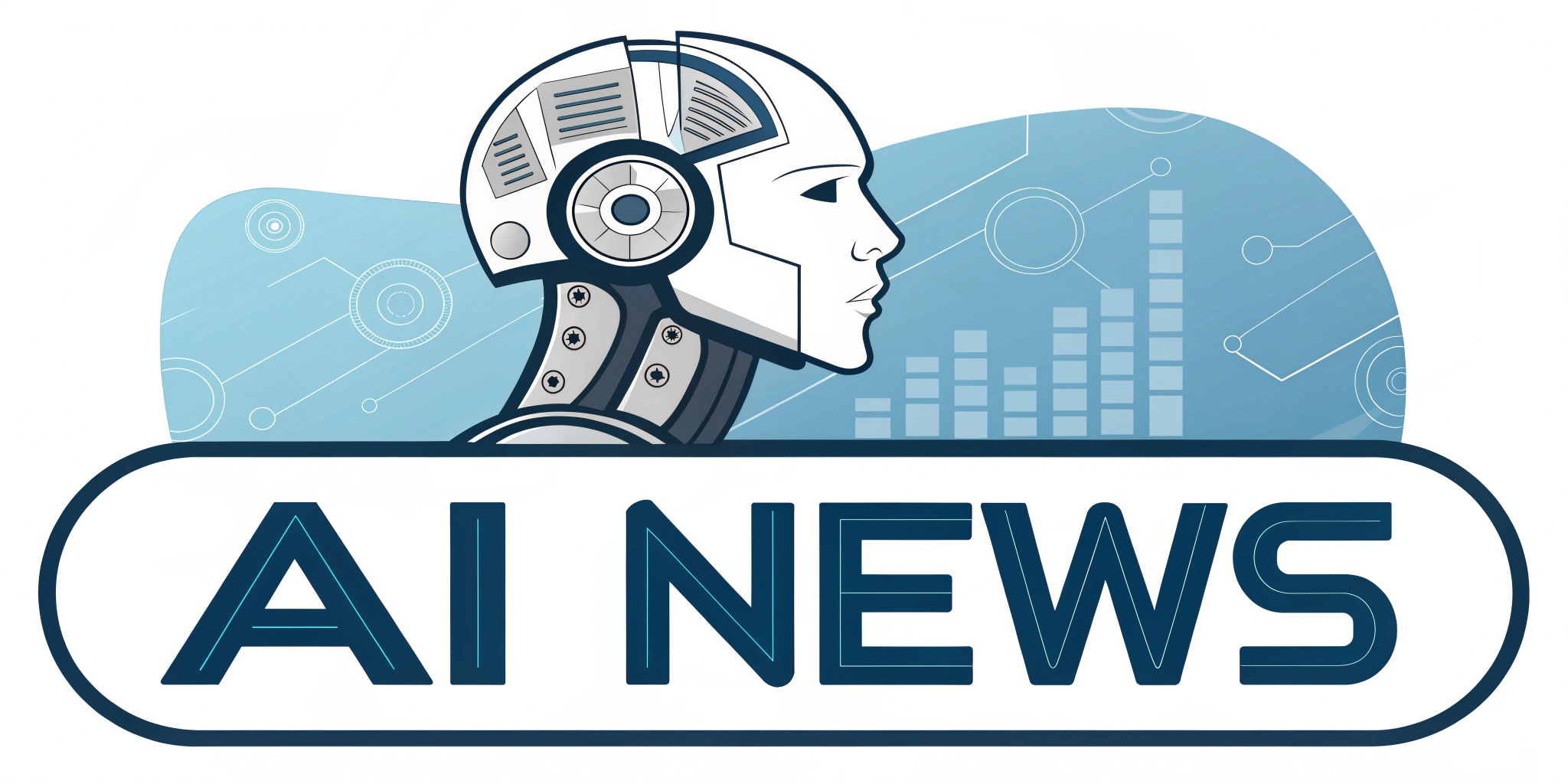In a compelling discussion on the intersection of artificial intelligence and healthcare, host M Newton welcomes industry expert Chris Raday to explore the evolving landscape of therapeutic progress. Highlighting the potential for fully integrated companies that can streamline the process from molecule design to patient enrollment, Raday emphasizes the necessity of optimizing each stage to hasten time-to-market, potentially reducing it to under 10 years. This innovative approach aims not only to enhance the unit economics of therapies for better accessibility but also to extend patent life. As the conversation unfolds, they delve into the current state of AI in healthcare, scrutinizing what is genuinely impactful versus the noise that surrounds it. With insights from Raday,who has extensive experience in venture investment and operational leadership,listeners can expect to gain a clearer understanding of which AI innovations are worth watching and how industry challenges are being navigated.
Full Stack Companies: Revolutionizing Therapeutics Development
Innovative companies at the forefront of therapeutic development are harnessing comprehensive technology stacks to create seamless workflows that connect every phase of drug discovery and patient care. They utilize data-driven methodologies to not only enhance research accuracy but also expedite trial processes and improve regulatory compliance. Key components of this conversion include:
- Automation of data collection: Streamlining the acquisition of research data minimizes human error and speeds up analysis.
- Cloud-based collaboration: Facilitating interaction and data sharing among interdisciplinary teams enhances innovation and reduces bottlenecks.
- Predictive analytics: Utilizing AI algorithms to identify potential therapy candidates can considerably shorten the timeline from concept to patient.
Moreover, these companies are actively engaging with patient populations through sophisticated platforms that ensure trials are not only efficient but also inclusive.By employing advanced patient engagement strategies, firms can gather rich, real-world insights that feed back into the development pipeline, enhancing both product relevance and adherence. This approach not only accelerates the introduction of groundbreaking therapies but also addresses issues of accessibility and equity within healthcare systems, demonstrating a commitment to serve a broader demographic. The dynamism seen in this sector emphasizes a shift towards a holistic view of drug development, one that integrates technology, patient voice, and clinical excellence.
Balancing Innovation and Practicality in Healthcare AI
Healthcare AI strategies must walk a fine line between revolutionary advancements and real-world applicability to ensure they address both provider capabilities and patient needs effectively. As technological breakthroughs unfold,it’s essential to recognize the importance of interoperability among various AI systems and existing healthcare infrastructures. Key factors for achieving this balance include:
- User-centric design: Innovations need to be intuitive and accessible for clinicians, enabling them to integrate AI tools into their workflows seamlessly.
- Training and support: Ongoing education for healthcare professionals about AI capabilities can enhance confidence and efficiency in utilizing these technologies.
- Regulatory alignment: Ensuring that AI applications comply with healthcare standards and regulations is crucial to building trust and safeguarding patient safety.
Furthermore, triumphant implementation of AI relies on a robust feedback loop between technology providers and end-users. By fostering continuous dialog, developers can gain insights into real-world challenges faced by healthcare professionals, allowing them to iterate on solutions that genuinely enhance patient care. This collaborative approach serves not only to demonstrate the utility of AI in clinical settings but also to ensure that innovations remain relevant, practical, and grounded in the realities of day-to-day healthcare operations.
Overcoming Integration Challenges in AI Solutions
Integration of AI into healthcare is not without its hurdles, as organizations frequently grapple with cultural and operational resistance. Transitioning to AI-driven models requires a profound shift in mindset among healthcare professionals who may be accustomed to traditional methodologies. To facilitate smoother integration,stakeholders can implement various strategies:
- Change management initiatives: These programs can promote understanding and acceptance of AI technologies through structured communication and training.
- Interdisciplinary teams: Forming collaborative groups that include clinical staff, IT specialists, and AI experts ensures diverse perspectives are considered, driving successful integration.
- Incremental implementation: Rolling out AI tools gradually allows staff to adapt effectively while refining processes based on user feedback.
Moreover, ensuring the technical compatibility of AI solutions with existing healthcare systems is vital for preventing disruptions. Organizations that take a proactive approach toward hardware and software integration reap notable benefits, including enhanced data analytics capabilities and improved patient outcomes. Key considerations when addressing these challenges involve:
- Standardization of data protocols: Establishing consistent data formats and APIs promotes interoperability among systems.
- Robust cybersecurity measures: Prioritizing secure connections and data privacy builds trust with both healthcare providers and patients.
- Ongoing evaluation: Regularly assessing the performance of integrated systems helps in identifying potential issues and areas for enhancement.
Enhancing Accessibility and Affordability in Therapeutics
By employing advanced AI tools, therapeutics can be both accessible and affordable, leveraging high-throughput data analysis and predictive modeling. These technologies enable pharmaceutical companies to pinpoint patient populations that would benefit most from specific therapies, ensuring treatments are tailored effectively. Key strategies that support this goal include:
- Real-time data analytics: Utilizing AI to analyze patient data can facilitate quicker decisions regarding treatment accessibility.
- Cost-efficient resource allocation: Smart algorithms can optimize supply chains, helping reduce production costs and ultimately leading to lower prices for patients.
- Direct-to-patient approaches: AI-driven outreach programs can definitely help engage underserved communities,promoting equity in treatment distribution.
Additionally, AI’s ability to simulate clinical trials can drastically cut costs and timelines, increasing the likelihood of market entry for new drugs. By employing machine learning to streamline trial designs and predict outcomes, companies can focus their resources on therapies with the highest potential, effectively reducing overall development costs. This not only fast-tracks the delivery of crucial medications but also fosters a more sustainable model for therapeutic innovation, ensuring that patients from all backgrounds have access to cutting-edge healthcare solutions. In this very way, the integration of AI represents a significant step forward in bridging the gap between the labs and the clinics, enhancing overall patient care.























